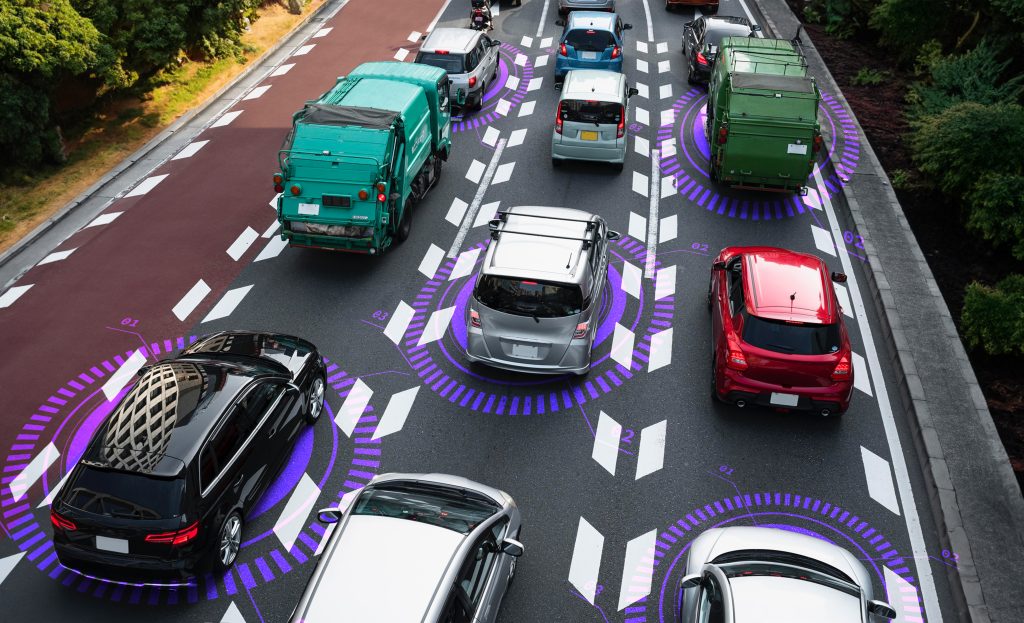The development of autonomous vehicles is a difficult process that calls for a wide variety of technological breakthroughs and solutions. Autonomous Vehicle Annotation is a crucial component of this process. In order for self-driving cars to comprehend and navigate their surroundings, data must be labeled and annotated. A summary of autonomous vehicle annotation Services is provided below:

1. Data collection: A range of sensors, including cameras, radar, LiDAR, and GPS, are installed in autonomous cars. These sensors gather information about the environment around the car on a constant basis, including traffic, pedestrians, and other cars.
2. Data Labeling: These sensors often gather raw sensor data in the form of pictures, point clouds, or sensor readings. This data has to be tagged or annotated in order to be understood. Annotation is the process of detecting and marking features and objects in the data. Road lanes, traffic signs, pedestrians, cars, bicycles, and other objects are frequently annotated.
3. Object Detection and Classification: Identifying and classifying objects is a critical task in autonomous vehicle annotation. This entails recognizing and classifying things in the sensor data, including obstructions, other cars, and pedestrians.
4. Semantic Segmentation: Autonomous cars must comprehend the semantics of their surroundings in addition to object detection. Labeling each pixel in an image with a category—such as a road, sidewalk, building, or piece of vegetation—is known as semantic segmentation.
5. Data Enrichment: Labeling items is just one aspect of annotation; another is adding more details to the data. Annotators could include information on a vehicle’s speed, a pedestrian’s direction of travel, or the status of a traffic signal, for instance.
6. Training Machine Learning Models: Machine learning models that process sensor data and make choices, such as neural networks, are trained using annotated data. For these models to function well, the annotations must be precise and of high quality.
7. Testing and Validation: Annotated data is used by autonomous car developers to test and validate their systems. To test the dependability of the self-driving system, a variety of driving scenarios—including difficult and edge cases—are simulated.
8. Iterative Process: Creating technology that can drive itself is an iterative process. The annotation method adapts to new and varied scenarios as more data is gathered and driving scenarios are experienced.
9. Regulatory Compliance: Testing and deployment of autonomous vehicles are subject to particular regulatory regulations in many nations and regions. These rules apply to annotation and data collection.
Because autonomous vehicle annotation is essential to the training and optimization of the AI and machine learning algorithms that drive these vehicles, it is a crucial part of the development of self-driving cars. To guarantee the security and dependability of autonomous cars as they make their way toward integration into our regular transportation infrastructure, high-quality, precisely labeled data is crucial. Contact Infosearch BPO Services for autonomous vehicle annotation needs.







Recent Comments